Tracking Handwriting Progress: The Simple System that Works
Keep track of the letters kindergartners can write correctly with this simple system.
Here’s how I tracked my kindergarten students and helped them print 100% of their letters correctly… without wanting to pull my hair out.
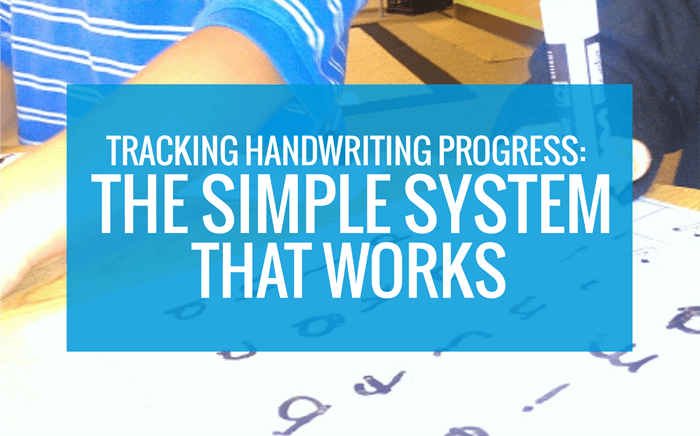
A while back I shared how I teach handwriting in kindergarten. My approach is simple and breaks handwriting down into similar strokes.
I have five quick tips that make teaching handwriting easier too and helps you correct issues early on.
Now – if I’m going to teach students how to form their letters – I’m not just going to guess whether they can really do it come report card time. We’re going to practice it in small groups and I’m going to track their progress and pretty much assess them at the same time.
Sound tricky?
Eh – not really. You’d be surprised at how low-tech this tracking system is. But it really works.
I tried a few other ways to track handwriting and they were just too cumbersome to keep up with for every individual student.
A simple system
Here’s what I considered to make tracking handwriting progress work for me:
- Since I only want students to work on what they needed – I needed a way to keep track of progress and communicate it to each student on an on-going basis.
- I needed to be able to track progress quickly during small group. Yes, I used guided reading group time for this (and here’s why).
- How could I show the kinders their growth so they could be excited/motivated – even if it was just one new letter they mastered?
- How can I show them which letters they should be practicing individually over and over right now?
Are you ready for the solution I found?
Note cards.
I’m not kidding.
Note cards – you know, plain boring white index cards. This was the easiest way to set up and keep track of which letter my students needed to master. It hit all the criteria.
Let me explain.
Routine practice
I actually made notecards in our small groups to focus the practice my kinders were doing on producing their letter sounds.
Each student had their own card – their name was written at the top.
Only the letter sounds they needed to master were written on their own personal card.

When we began our small group time – we had a routine:
- They had to practice each letter and sound (using their alphabet chart for support) on their card.
- They would cover the letter with a bingo chip after they practiced.
- Then they slid all of the chips off and did it again.
- And then once more.
They would get started on this independently – cover up each letter written on their card with a bingo chip three times at the beginning of a group lesson before completing the whole alphabet chart with sounds. It was just part of our routine.
When prompted (a session or two later) and that student could produce the sound without the chart, we marked it off of their index card and celebrated!
Using notecards
To keep it simple and not add more “stuff” to keep track of – I flipped over each child’s card and drew a pencil at the top. That way they knew this new side was just for handwriting.
It’s kindergarten – they need pictures as emergent readers for this kinda thing.
Then I wrote the letters they still needed to master underneath their name.
I grouped the uppercase letters they needed on the top half of their card and then lowercase underneath.

As pictured above, you can see that this student started with quite a few letters to practice (based on how many she has on her card). This was determined by our first quarter assessments.
You can also see that we easily crossed things off as they were mastered, giving a big sense of accomplishment!

Now she only had a handful of lowercase letters left to master.
We ended up following the same routine to practice handwriting as we did for letter sounds… they get their individual card (which are easily stored by groups) and practice writing each letter three times.

They would trace all of the letters that were marked on their index card, then erase and do it a second a third time. Then – and only then – could they trace the entire sheet.
Seriously… it was like a reward.
I did incentivize them for their hard work of finishing the entire sheet the first few times (a smelly spot works wonders), but they quickly wanted the privilege to do the whole chart and strut their stuff after practicing their focus letters!
Since doing all of the letters would take an extra minute or two – this gave me the luxury of having more time. Time to give each kinder my attention and zero in on how they were forming their letters.
Then when time was up – no biggie – what they had gotten done was done.

Pretty soon – they all had crossed everything off of their cards.
Success!
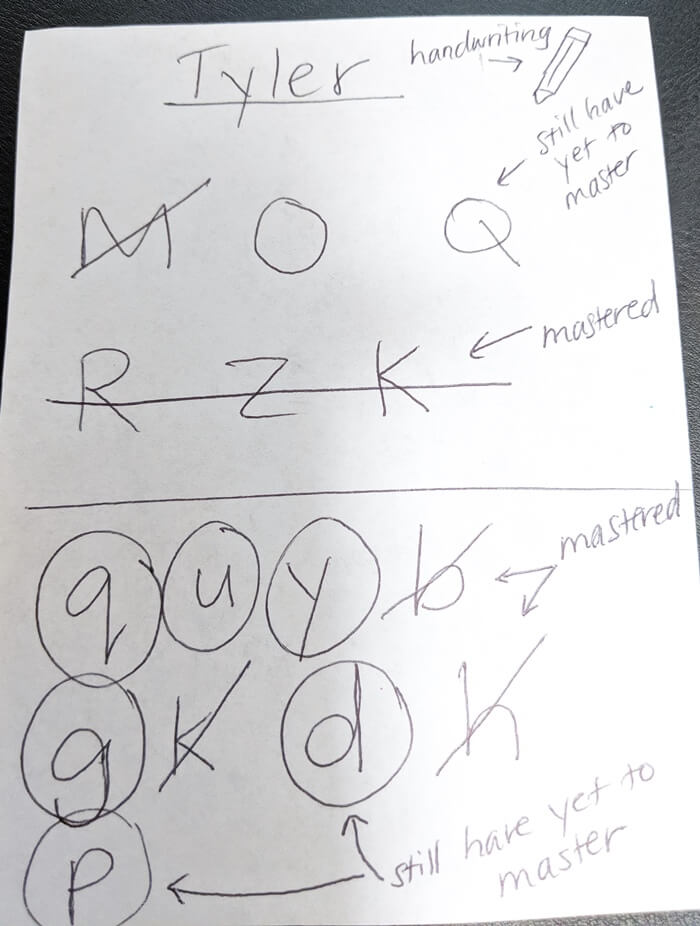
Conclusion
This simple system of using notecards meant:
- We could get laser-focused and only practiced what they needed. (That was super important to me)
- They could see their own progress and feel a sense of accomplishment.
- I could easily write on the cards during group time making it quick to modify.
- I could grab their card at the end of any guided reading group session to test with paper and pencil or a dry erase board and marker. I could give immediate feedback and support with this system.
It worked great!
If you’re looking for a way to track handwriting (or letter sounds) for individual students in kindergarten, I hope this simple notecard system can work for you too.
More handwriting
- Breaking Handwriting Down: How to Teach Handwriting in Kindergarten
- Handwriting Mini-Progress Report {Free Printable}
- 5 Quick Tips for Teaching Handwriting
- The Best Handwriting Free Font for Kindergarten
If you like what I do here on KindergartenWorks, then be sure to subscribe today. I look forward to sharing ideas with you weekly.

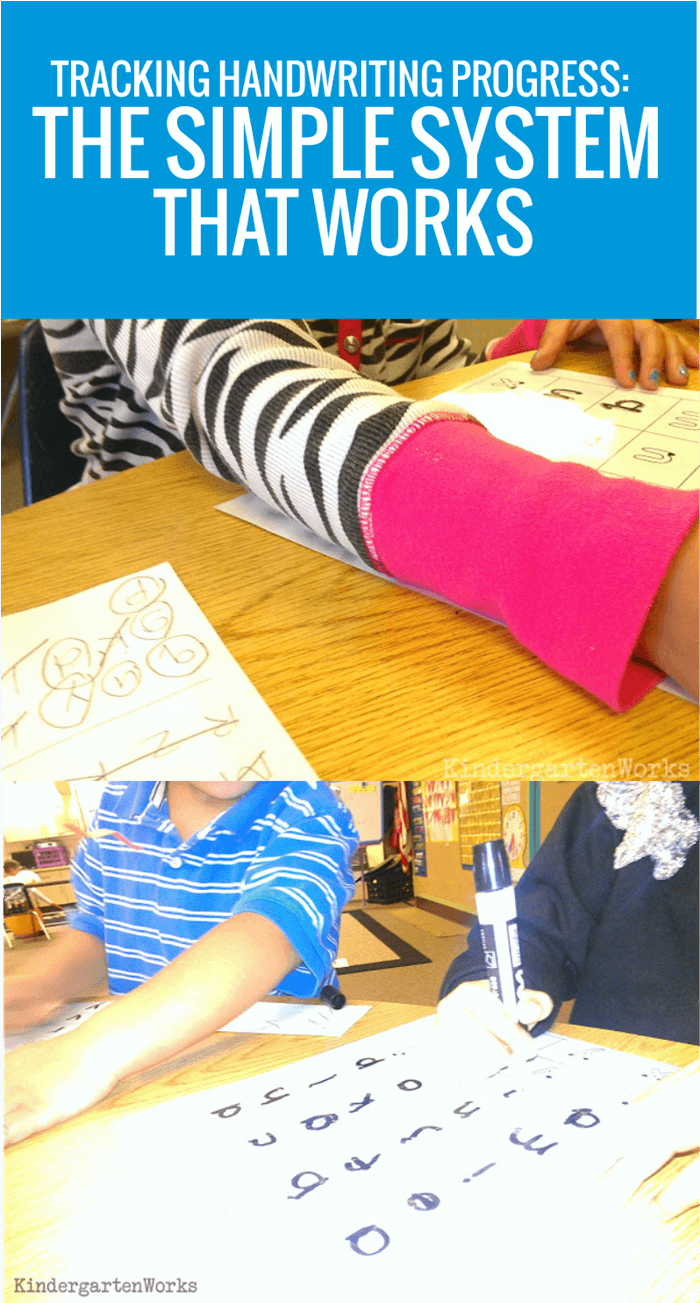
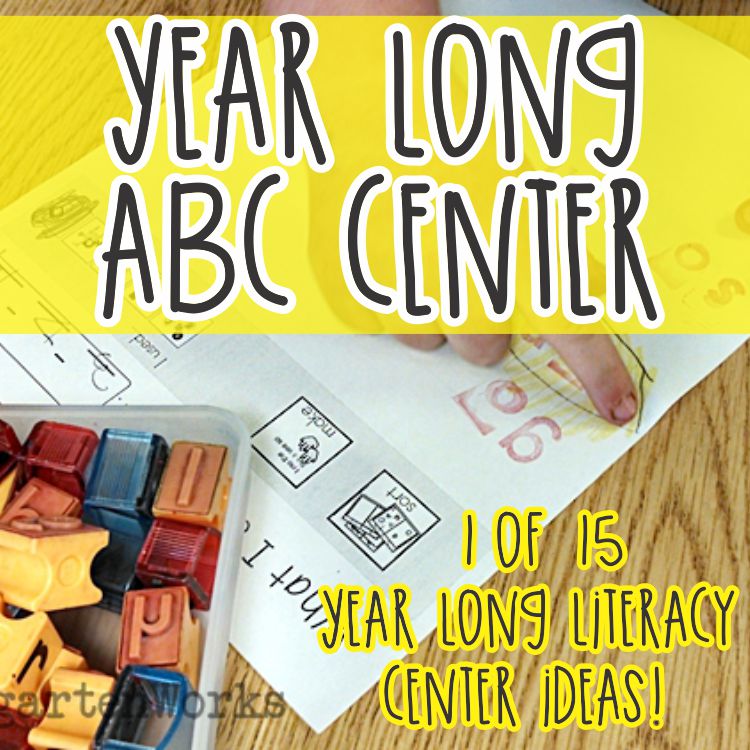
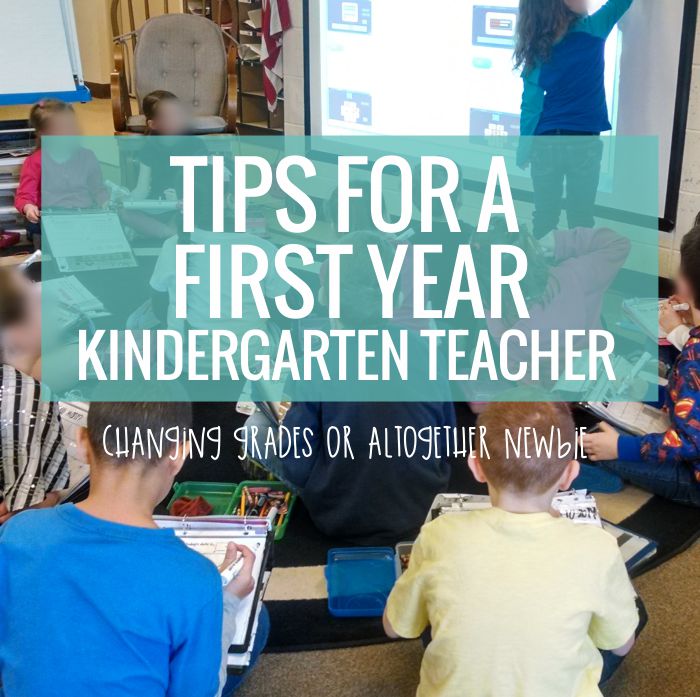
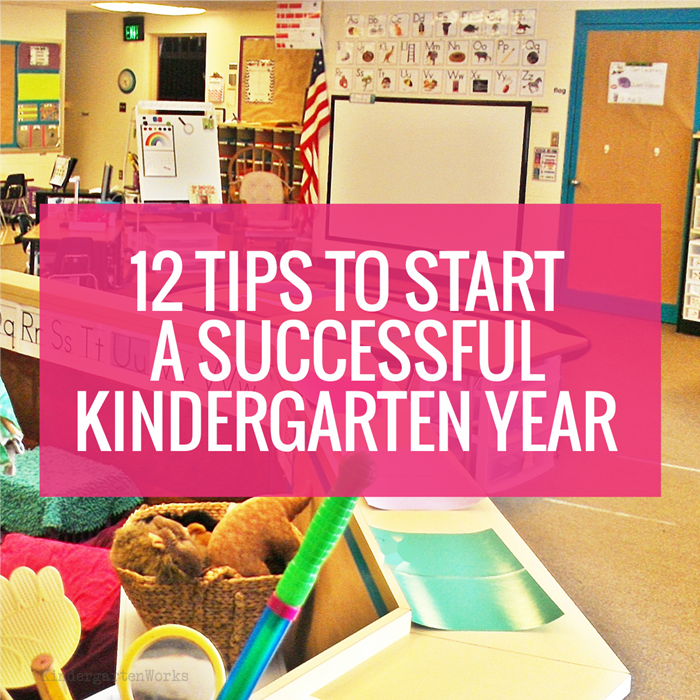
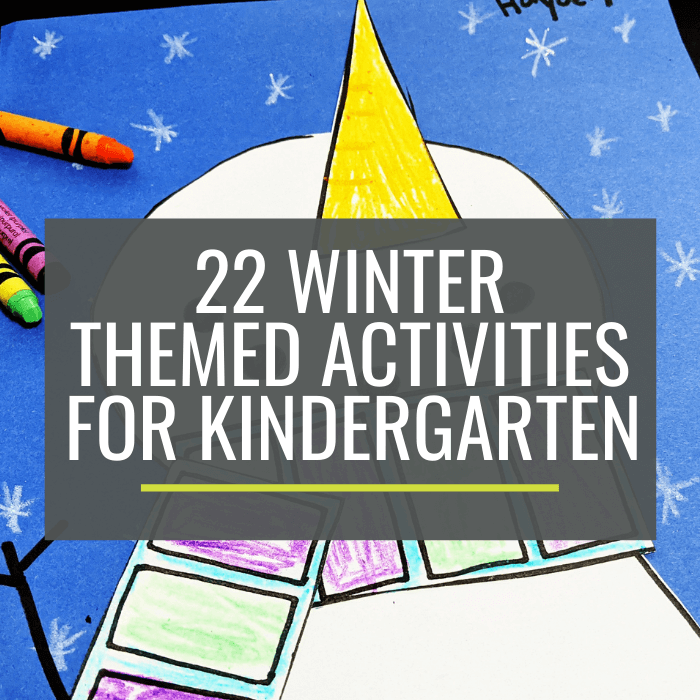
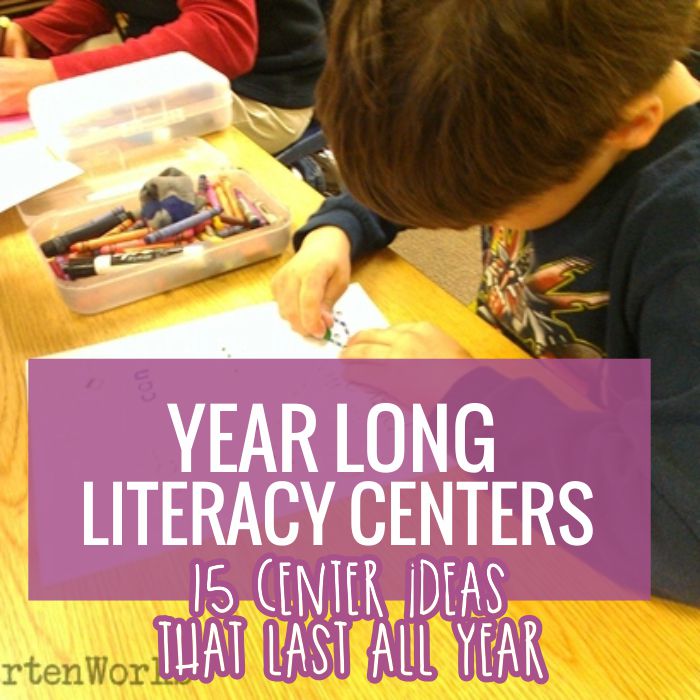

I can’t seem the images of how this looks in practise. Can you send me one?
Hi Mandy, I updated the post with a sample. I hope that can help. Thanks for asking for clarification 🙂
– Leslie
Hi Leslie,
Where did you store these cards? Somewhere for the kids to see them during independent work stations or did you just keep them for yourself?
Thanks
Hi Jessica,
I kept their cards by groups. Each group had a basket (with materials, books, etc.) for just their group for the week, so I kept their cards in there. I hope that’s helpful!
– Leslie
Hi Jessica,
I kept their cards by groups. Each group had a basket (with materials, books, etc.) for just their group for the week, so I kept their cards in there. I hope that’s helpful!
– Leslie